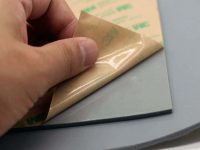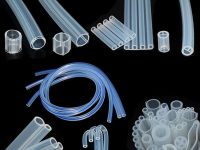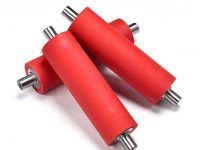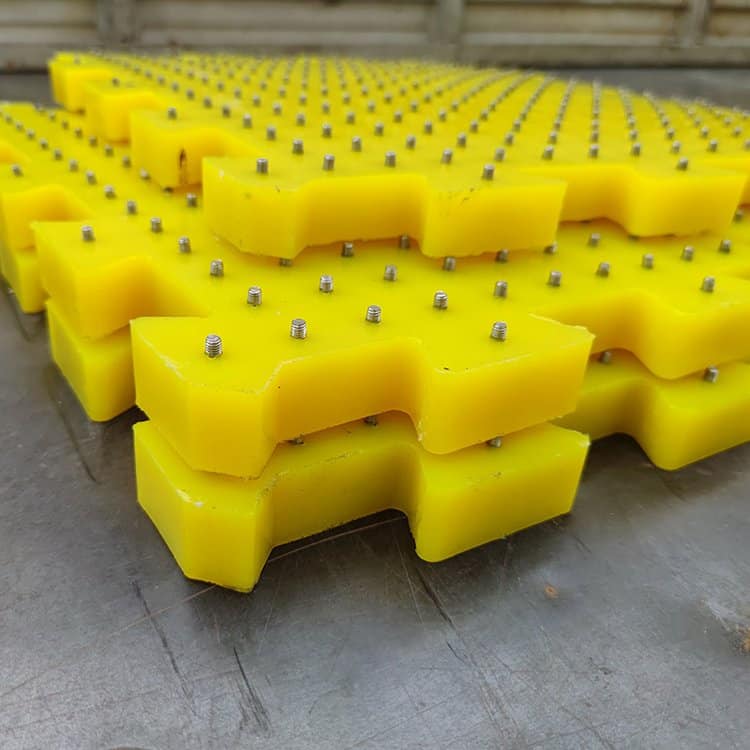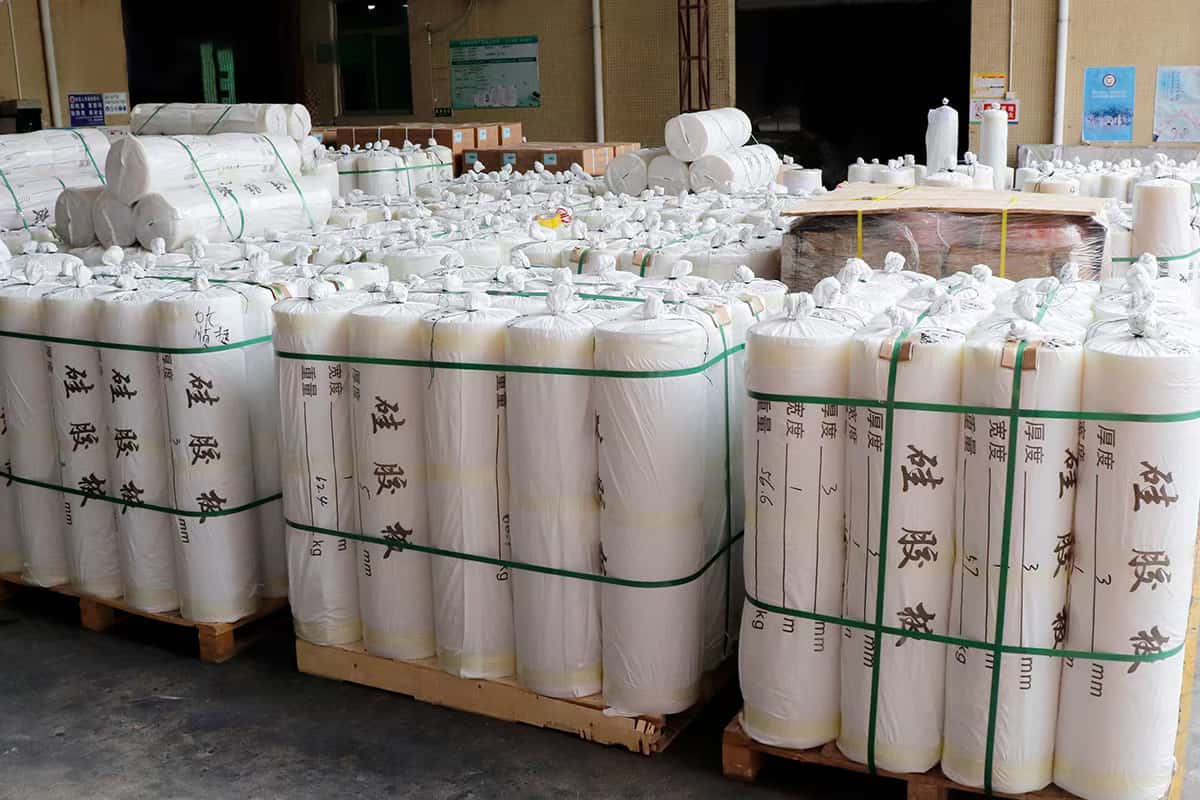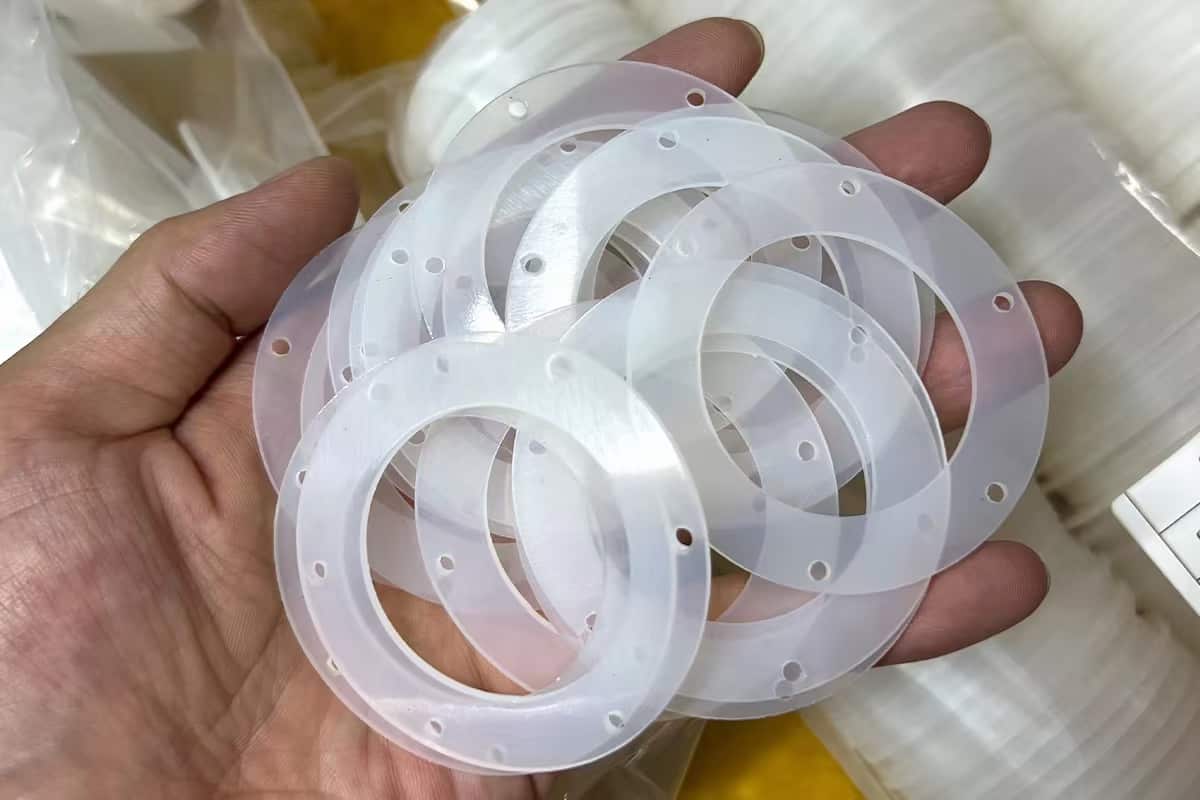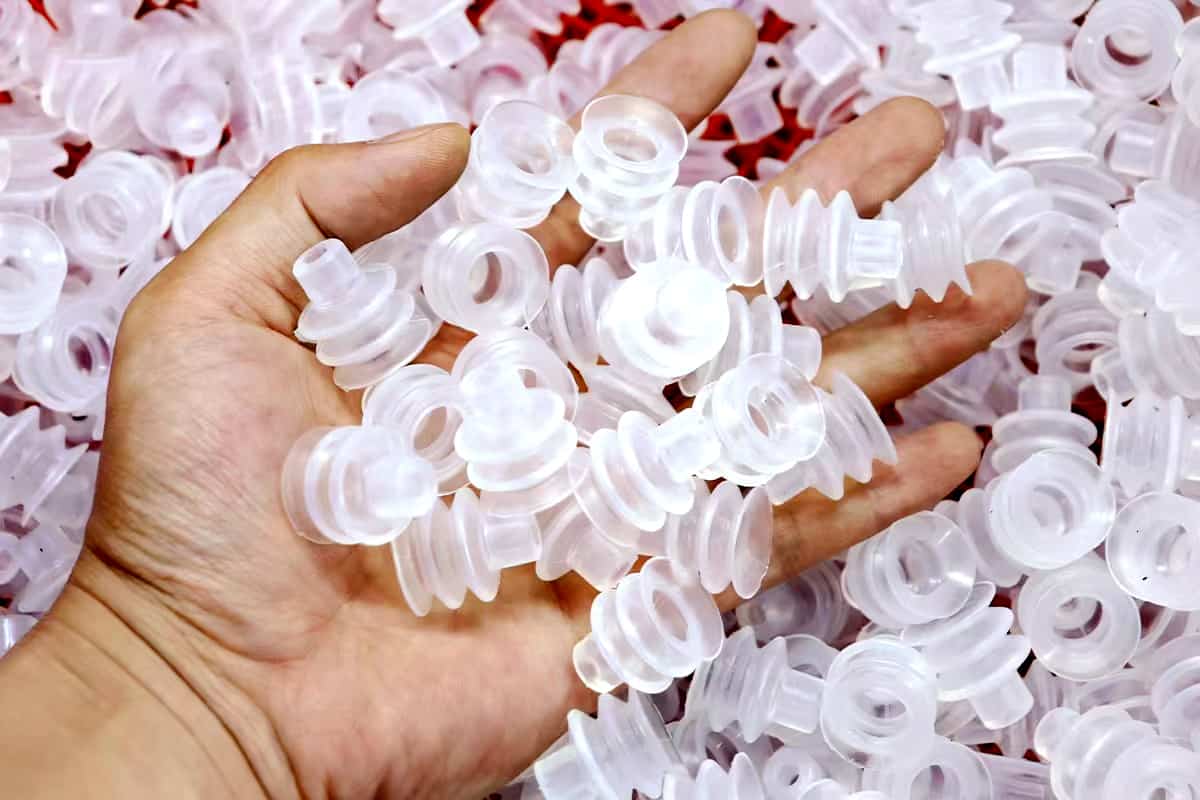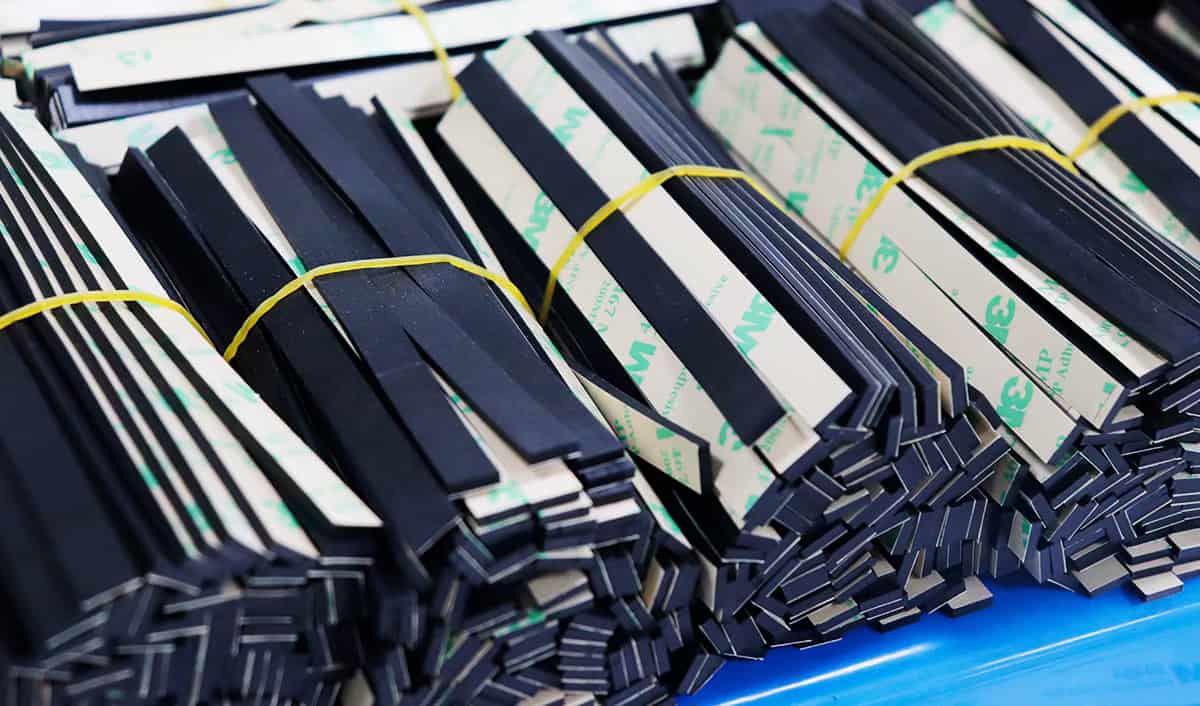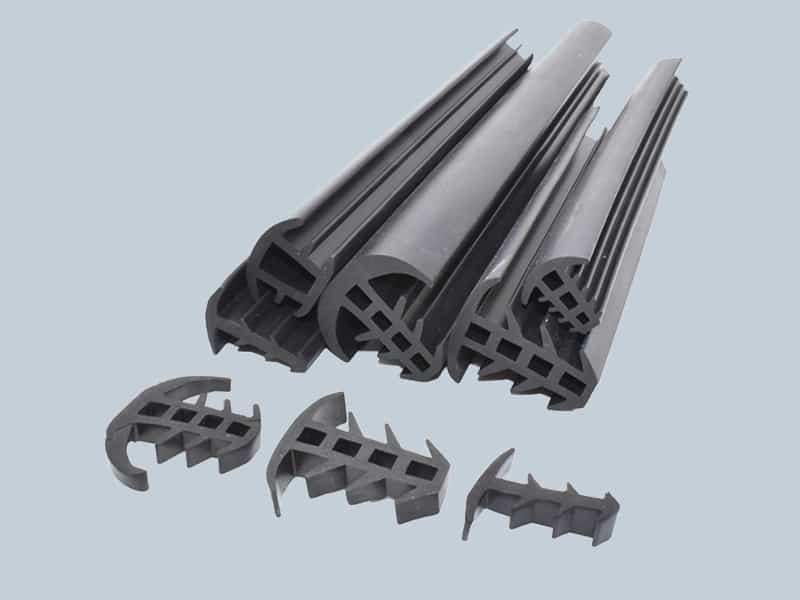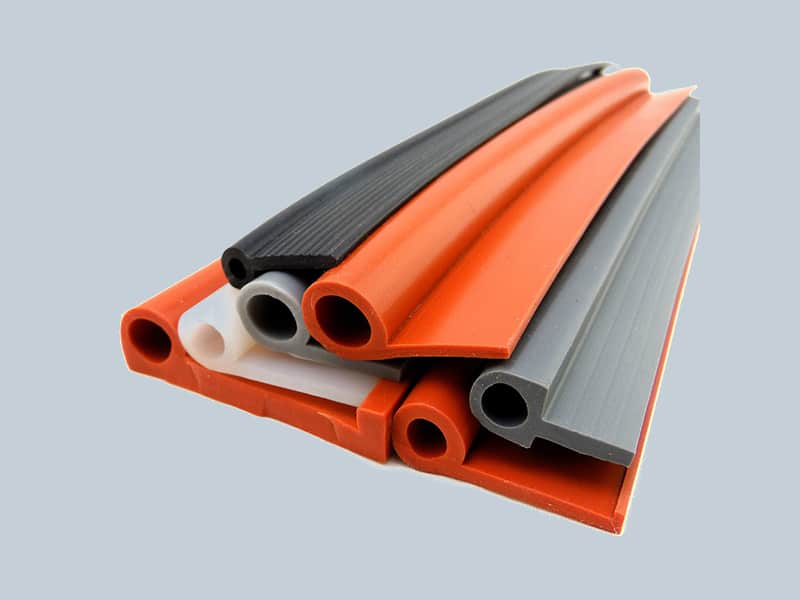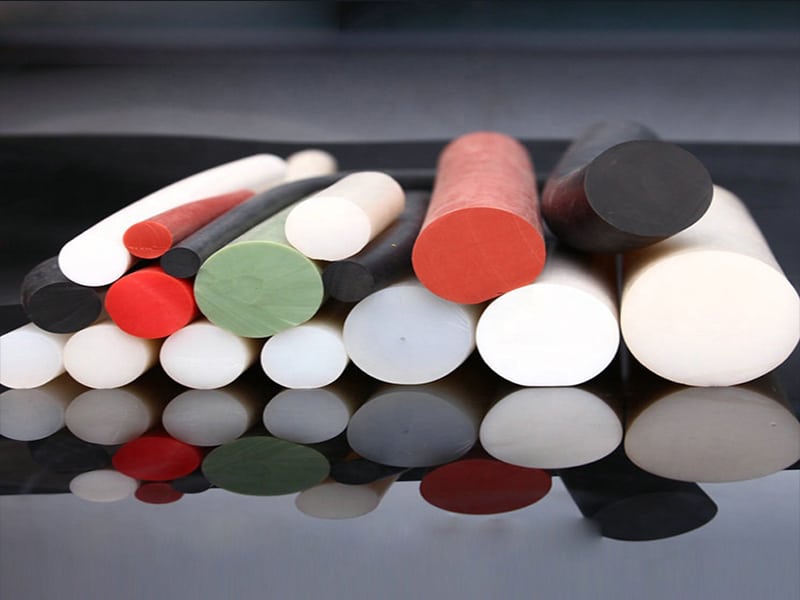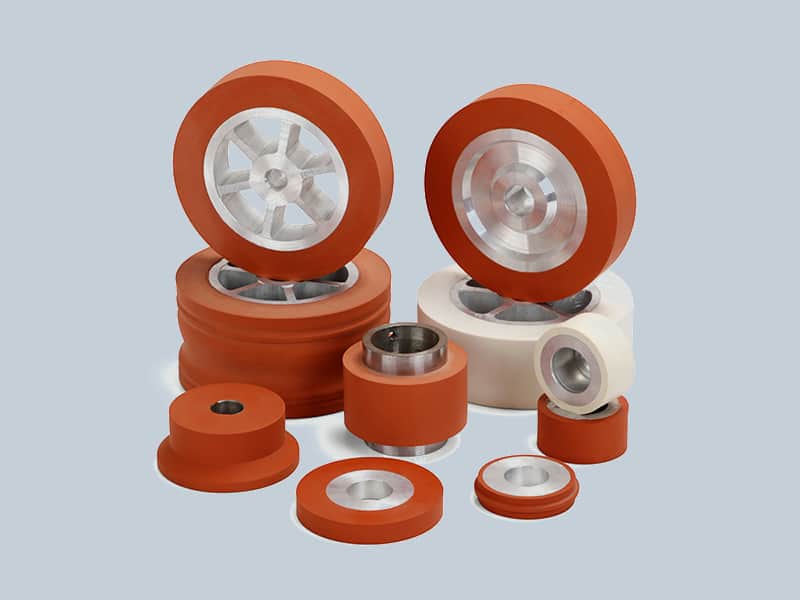What’s Nitrile Rubber?
Nitrile rubber is made from butadiene and acrylonitrile by emulsion polymerization. The lotion is mainly made by lotion polymerization at low temperatures. Therefore, its wear resistance and heat resistance are strong and its adhesion is good. It gradually becomes an essential elastic material in automobiles, aviation, petroleum, photocopying, and other industries.
Butadiene monomer contains three different chain structures: CIS, trans, and 1,2-burnt groups. In general, trans in nitrile rubber products account for about 78%. In addition, its molecular chain structure contains a cyano group, so its oil resistance is better than that of general rubber. These rubbers include natural rubber, neoprene, and styrene-butadiene rubber; Among them, oil resistance is mainly aimed at mineral oil, liquid fuel, animal and vegetable oil, and solvent.

The most obvious performance of the Nitrile is oil resistance. With its good oil resistance, nitrile rubber is usually used to make oil-resistant rubber products. Nitrile rubber can be widely used to make various oil-resistant rubber products, including a variety of oil -resistant gaskets, sleeves, flexible packaging, flexible hose, printing and dyeing cots, cable rubber materials, etc.
Another advantage of nitrile rubber products is that it has a higher service temperature compared with other rubbers, and their normal long-term working temperature can reach 120 ℃; The lowest glass transition temperature can reach – 55 ℃. There are also some disadvantages. Its At the same time, its insulation performance is not quite good and its elasticity is relatively low.
What’s Silicone Rubber?
The English name of silica gel is Silica gel or Silica, the chemical formula is mSiO2 nH2O, and it can also be called silica gel. It is an adsorptive material with high activity, and its material state is amorphous. Silica gel is usually transparent or milky white granular solid; The structure is special and opens porous. This structure provides good conditions for adsorbing a large number of substances, and it has good adsorption. In addition, it can also be changed into hydrated silica gel, which is solid. The specific step is to add dilute sulphuric acid (or hydrochloric acid) to the aqueous solution of the sodium silicate in a static state. Then wash away the electrolyte ions, such as Na + and SO42 – (Cl -) with clean water. After drying , silica gel can be obtained. To explain the strength of its adsorption, taking water as an example, the general adsorption capacity can reach about 40% and the stronger can reach 300%. Because of this characteristic of silica gel, it can be used fo r gas drying, gas absorption, liquid dehydration, chromatography, catalyst, and so on. And in the specific use process, the color of silica gel is also different. For example, when cobalt chloride is added: it is blue in the dry state, red after absorbing water, and can be used repeatedly. If you’re looking to bring this high-quality silicone product into your business, consider Suconvey silicone rubber products supplier of production solutions for how to make your next projects more productive!
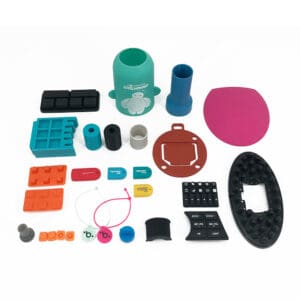
The main component contained in silica gel is silica. The chemical properties of silica are stable. It is neither soluble in water nor reacts with water. Due to the characteristics of silica, silica gel is not easy to burn and its properties are relatively stable. During the processing operation, the dust content in the workshop should be controlled within the range of 10mg/m3. At the same time, the staff need to strengthen ventilation and wear masks. In addition, due to the strong adsorption capacity of silica gel, it is easy to cause dryness to human skin, so the staff should wear protective clothing during operation to resist the drying effect. If you spill silica gel into your eyes due to careless operation, you need to wash your eyes with a lot of water. In serious cases, you need to go to the hospital in time. As mentioned above, the colors of silica gel are different under different conditions and states. Among them, blue silica gel contains a small amount of cobalt chloride, which is potentially toxic. Therefore, it is necessary to avoid contact with food or inhalation. Once it enters the body, it is necessary to go to a hospital for treatment in time. If silica gel adsorbs water vapor or other organics in the medium during adaptation, its adsorption capacity may be weakened, but it can be reused after regeneration.
What are the Differences between Nitrile Rubber and Silicone Rubber?
The difference in composition:
-The two main types of rubber are silicone and nitrile rubber. Both have their own unique properties that make them suitable for different applications.
Silicone rubber is made from a polymer of silicon, oxygen, and other elements, such as carbon and hydrogen. It is a synthetic rubber that is flexible, durable, and heat-resistant. It can be used in a wide variety of applications, such as tubes and hoses, electrical insulation, cookware, medical devices, and adhesives.
Nitrile rubber is made from a copolymer of acrylonitrile and butadiene. It is a synthetic rubber that is oil-resistant and has good mechanical strength. It can be used in many applications where resistance to oil or chemicals is required, such as seals in automotive engines and gaskets in plumbing fixtures.
The difference in Properties:
-Silicone and nitrile rubber are both synthetic elastomers. They share many properties, but there are a few key differences between them.
One of the most important distinctions is that silicone is an inorganic polymer, while nitrile rubber is an organic polymer. This difference arises from the fact that silicone contains silicon – a metalloid – as its backbone, while nitrile rubber’s backbone consists of carbon atoms.
The different chemical compositions of silicone and nitrile rubber give rise to some notable physical differences. Silicone has a lower density than nitrile rubber, meaning it is lighter. It also has a higher Young’s modulus, meaning it is more rigid. In contrast, nitrile rubber has better abrasion resistance and tear strength than silicone.
There are also some performance differences between these two materials. Silicone can withstand higher temperatures than nitrile rubber – up to 204°C compared to 121°C for nitrile rubber – making it ideal for use in high-temperature environments such as automotive applications. Nitrile rubber, on the other hand, performs better than silicone in terms of oil and fuel resistance; it can also be used in contact with food products without fear of contamination.
The difference in Durability:
-Nitrile rubber is less expensive than silicone rubber, but it doesn’t stretch as much and it’s not as durable. Silicone rubber is more expensive than nitrile rubber, but it has a greater range of stretchiness and durability.
The difference in Tear Resistance:
-Nitrile rubber has a good heat resistance and is often used in products that need to be resistant to high temperatures, such as oven mitts and gloves. But silicone rubber’s heat resistance is less than nitrile rubber’s, the temperature limit of silicone rubber is normally smaller than nitrile rubber.
The difference in Abrasion Resistance:
-These two materials are often used together because they have different properties that can be exploited in various applications. For example, nitrile rubber can be used for products that need to be resistant to oil or water, while silicone rubber is better suited for products that need to resist corrosion.
The difference in Applications:
-One of the key differences between silicone and nitrile rubber is that silicone is a synthetic rubber, while nitrile is a natural rubber. This means that nitrile rubber is made from latex, which comes from plants, while silicone is made from synthetic materials.
This difference in composition leads to a number of different properties for each type of rubber. For example, nitrile rubber is more resistant to oils and chemicals than silicone. Silicone, on the other hand, has a higher temperature resistance than nitrile.
So, when choosing between silicone and nitrile rubber for an application, it’s important to consider what properties are most important for the specific task at hand.
The difference in cost:
-There are a few key reasons why silicone costs more than nitrile rubber. First, silicone has a much higher melting point than nitrile rubber, which means it can withstand higher temperatures. Second, silicone is much more resistant to degradation from UV light and other environmental factors. Finally, silicone is a more elastic material than nitrile rubber, meaning it can be stretched further without breaking.
The difference in production:
-Silicone rubber is a synthetic rubber made from silicone, a polymer of silicon and oxygen. Silicone rubbers are widely used in industry because of their versatility and resistance to extreme temperatures. They are used in everything from gaskets and seals to electrical insulation and medical devices.
Nitrile rubber, also known as Buna-N or NBR, is a synthetic rubber made from nitrile, a copolymer of acrylonitrile and butadiene. Nitrile rubbers are resistant to oils, fuels, and other chemicals. They are used in gaskets, seals, hoses, and other products where resistance to oil is required.
The difference in sustainability:
When it comes to sustainability, two of the most popular materials used are silicone and nitrile rubber. Both of these materials have their own unique benefits that make them ideal for different applications. Here is a quick rundown of the key differences between these two sustainable materials:
-Silicone is made from silicon, a naturally occurring element that can be found in sand and rock. It is also one of the most abundant elements in the Earth’s crust. This makes silicone an extremely renewable resource.
-Nitrile rubber is made from petroleum, a non-renewable resource. However, nitrile rubber can be recycled back into new products at the end of its lifespan.
-Silicone has a very low carbon footprint compared to other synthetic rubbers. In fact, manufacturing silicone emit 60% less carbon dioxide than manufacturing nitrile rubber.
-Nitrile rubber is more resistant to heat than silicone, making it ideal for applications where high temperatures are a concern.
-Silicone has a wide range of temperature tolerance (-40°C to 230°C), making it suitable for both cold and hot applications.
-Nitrile rubber is more resistant to abrasion than silicone, making it ideal for applications where wear and tear are a concern.
The difference in recyclability:
-There are many differences between silicone and nitrile rubber, but the key difference is that silicone is recyclable while nitrile rubber is not. Silicone can be recycled through a process called pelletization, where the material is melted down and formed into small pellets that can be used to create new products. Nitrile rubber, on the other hand, cannot be recycled in this way due to its chemical structure. This means that when nitrile rubber products are disposed of, they will end up in landfill where they will take many years to break down.
Pros and cons comparison:
Nitrile rubber and silicone rubber are two types of rubber that are often used in different applications. Nitrile rubber is a softer, more flexible material than silicone rubber, which makes it better suited for some applications. Nitrile rubber also has a longer life expectancy than silicone rubber. Some important differences between nitrile and silicone rubbers include:
Conclusion
Nitrile and silicone are two types of rubber that are often used in products because they have different properties. Nitrile rubber is a tough, synthetic rubber that is not as flexible as silicone. It is also less likely to break down in sunlight or air and can be vulcanized (made into a hard material) at a high temperature. Silicone rubber, on the other hand, is very flexible and can withstand higher temperatures. It is also more prone to fading and discoloration than nitrile rubber.
Of course, the choice of materials will naturally have different tendencies for different industries. The most important thing is that enterprises should choose different materials according to their own needs.

